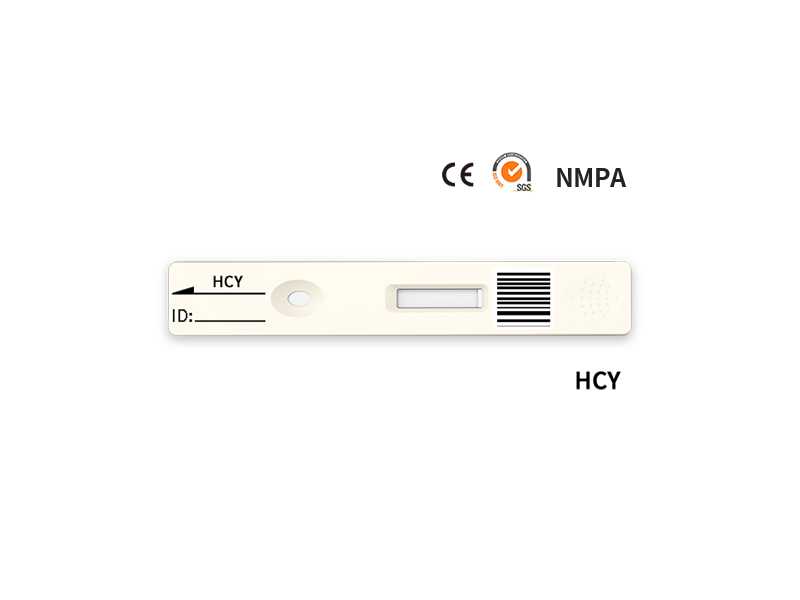Homocysteine is considered to be an independent risk factor for atherosclerosis and cardiovascular and cerebrovascular diseases. Once arteriosclerosis occurs, it occurs in the blood vessels of the heart, and it will manifest as coronary atherosclerosis. In severe cases, it will manifest as coronary atherosclerotic heart disease, that is, coronary heart disease, which can cause angina or myocardial infarction. If the cerebral arteries are sclerotic, it can be manifested as cerebral infarction, hypertension, or cerebral ischemia or hypoxia. Other tissues, including renal arteries, can also exhibit arteriosclerosis.
|
Damage and destruction of blood vessels: under the action of Hcy, plaques are formed on the damaged blood vessel wall, which promotes atherosclerosis |
Product Specification
|
Specimen Types |
Plasma |
|
Specimen Capacity |
10μL |
|
Reaction Time |
15 min |
|
Sample Capacity |
80μL |
|
Detection Range |
2-50μmol/L |
Advantage
✔ Equipped with special dropper consumables, the operation is easier and more suitable for clinical use
✔ Evaluate the degree of risk of cardiovascular and cerebrovascular diseases and stroke
✔ An important reference index for neurological diseases such as Alzheimer's disease and Parkinson's disease
✔ Independent indicators for assessing health
Application
ICU, CCU, Respiratory Medicine, Emergency Department, Cardiology, Emergency vehicle, Nursing home, Ambulance





 Gold supplier
Gold supplier









 Facebook
Facebook  Twitter
Twitter  Linkedin
Linkedin  YouTube
YouTube  Blogger
Blogger  Instagram
Instagram 
















